Relate knowledge of 3D shapes to the real world with this student-led mathematics project.
Why Apply Math Skills to Real-World Scenarios?
Show your students how their math knowledge can be applied to the real world with an open-ended math investigation!
Linking the content of the math curriculum to the world in which they live can help students see the relevance of mathematics in their lives.
Open-ended tasks also provide wonderful opportunities for differentiation, enabling students to feel confident and successful as they engage with tasks at their own individual level.
Make a Rad Robot Using 3D Shapes!
The Scenario
Tommy from Tommy’s Toy Treasure Trove (the local toy store) is feeling rather bored with the toys in his shop. He wants to design a new and interesting toy robot that children will desperately
want to buy. The problem is, he doesn’t have any ideas!
To help him find some inspiration, Tommy is holding a competition for the children of the town to design a new and exciting toy robot. Tommy will choose the best design, create the new toy in his factory, then sell the product in his toy store.
The Task
Students must design and create a 3D robot (that children will love) to be entered in Tommy’s design competition. They must follow the competition submission rules and the size and shape guidelines, set out in the project workbook.
Throughout the investigation, the students will:
- Draw a labeled, 2D diagram of the design (drawn to scale), which shows the various features of the robot.
- Complete a materials matrix that explains which materials should be used for each part of the robot.
- Build a colored, 3D model of the robot which shows what the finished product might look like.
- Design a persuasive poster to convince parents to buy the robot for their children.
What Is Included in This 3D Shapes Math Investigation?
You’ll find everything you need to implement this 3D shape robot project in the comprehensive student workbook. The workbook contains the following:
- teacher notes, detailing a range of important information about the investigation
- a detailed description of the investigation for students, including step-by-step instructions
- various planning worksheets and templates
- reflection questions.
Differentiate This 3D Shapes Project to Meet Your Students’ Needs
Catering to individual learning needs when implementing student-led project work can be challenging! Before delving into this project with your class, check out our recommendations for how to keep your less-confident students AND your high fliers engaged and on track to succeed!
- Supporting Students – Less-confident students could be supported in their learning by allowing them to consult with a teacher or teacher aide during the brainstorming and designing process. Alternatively, the task could be simplified by allowing less-confident students to construct their robots using only a small number of simple prisms.
- Extending Students – More-capable students could be encouraged to extend their learning by using more sophisticated 3D shapes in their robot design e.g. cones, cylinders, tetrahedrons. Students could also be encouraged to use technology to create a television commercial to advertise their robot.
Download to Create Rad 3D Shape Robots!
Access the student workbook via the Download button at the top of the page. To save paper, we recommend that you print the workbook as a double-sided document.
Looking for more resources to complement your lessons on 3D shapes? Try these out for size!
[resource:2668302] [resource:4635956] [resource:3313258]
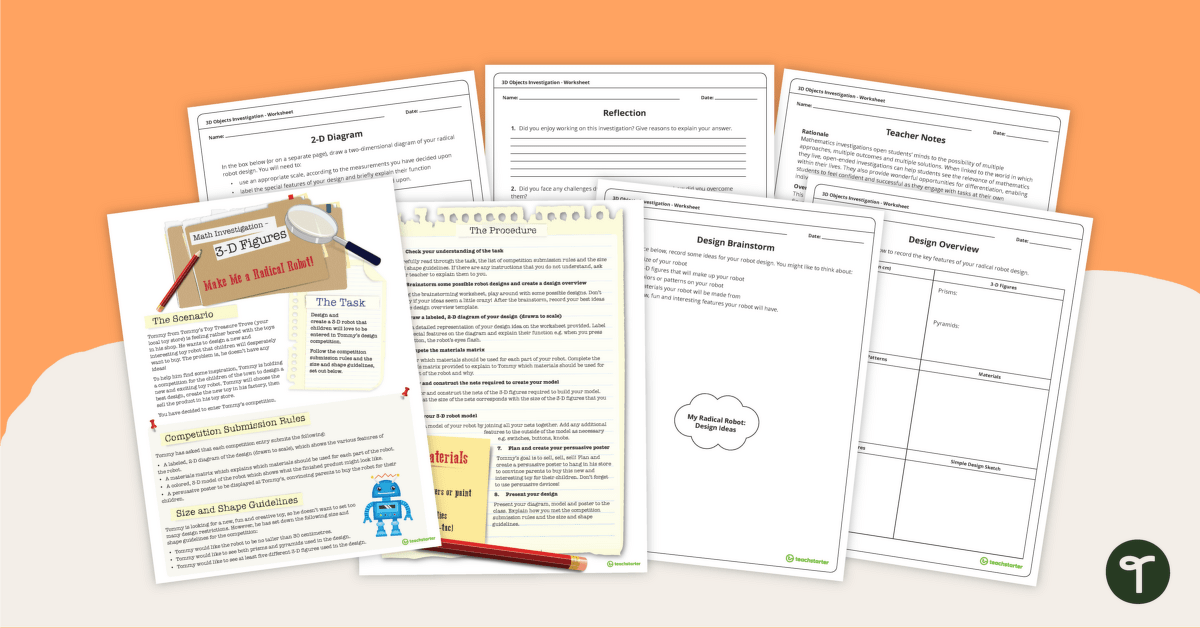



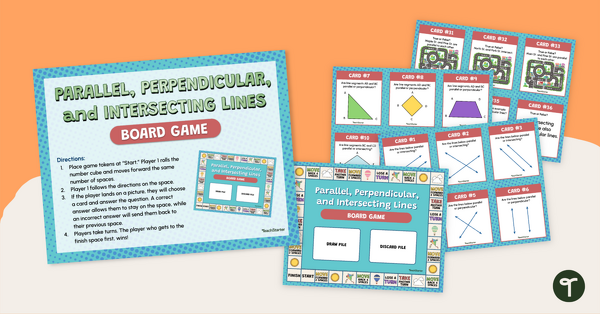
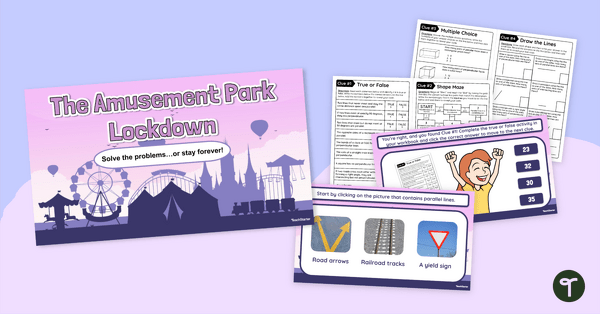
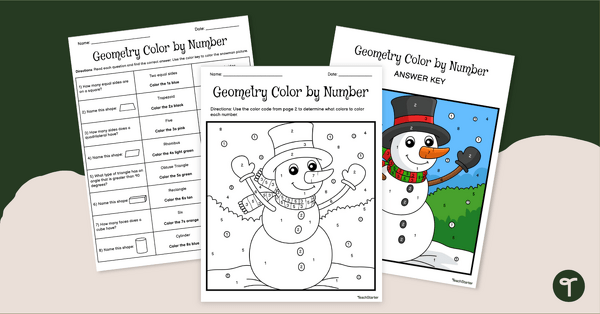
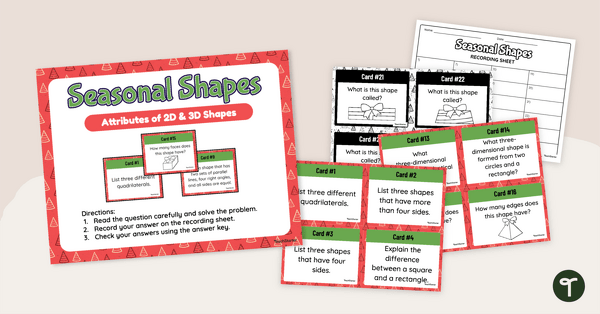

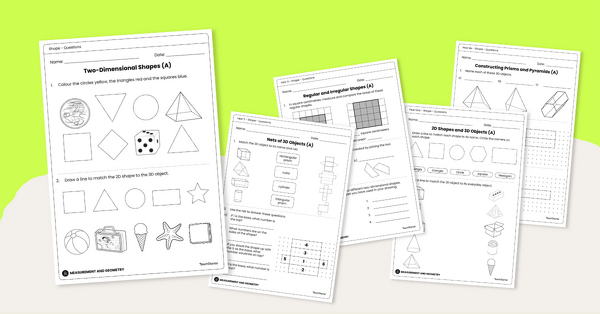

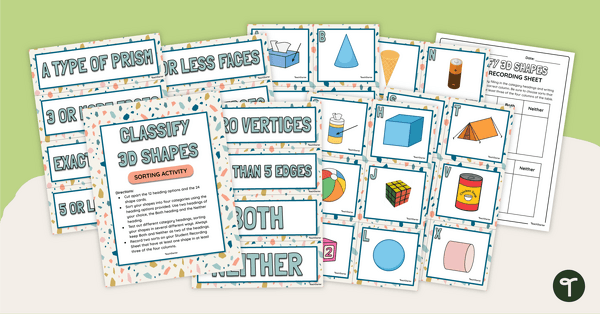
0 Comments
Write a review to help other teachers and parents like yourself. If you'd like to request a change to this resource, or report an error, select the corresponding tab above.